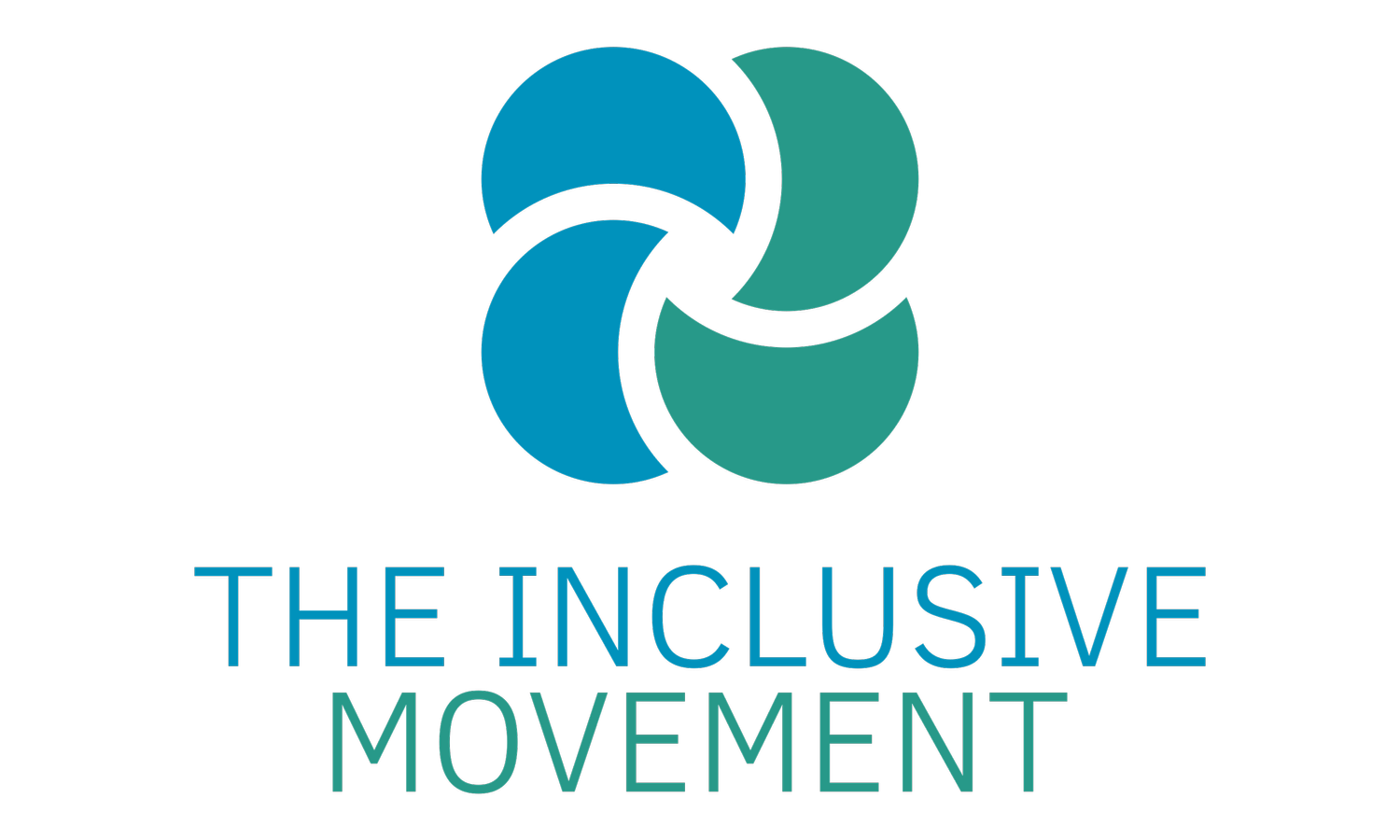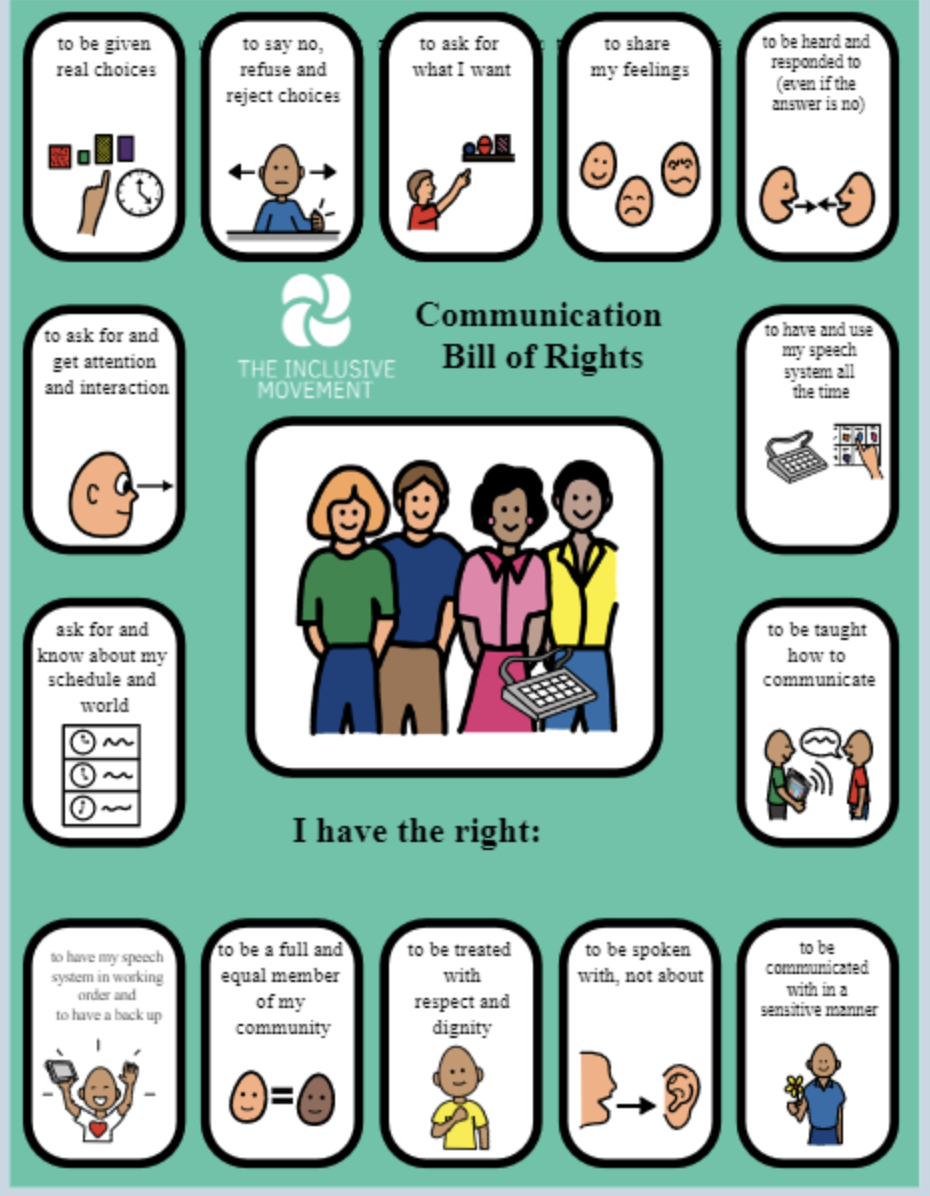How AAC Empowers Inclusion
“Not all voices sound the same — but every voice deserves to be heard.”
What is AAC?
Augmentative and Alternative Communication (AAC) refers to all the ways people communicate without relying solely on speech.
AAC can include:
Low-tech tools: picture boards, symbol cards, key rings, communication books
High-tech systems: iPad or tablet-based apps, speech-generating devices
Unaided strategies: gestures, signs, written communication, or body language
AAC is not about replacing speech — it’s about expanding communication. For many individuals, especially those with complex communication needs, AAC is not optional — it’s essential.
Communication as a Human Right
The United Nations Convention on the Rights of Persons with Disabilities (CRPD) recognises communication as a fundamental human right. Everyone has the right to express themselves, make choices, and participate fully in life — in whatever way works best for them.
When workplaces, schools, and community organisations design environments that support only spoken communication, they unintentionally exclude people who use AAC.
Creating inclusive communication environments means ensuring that:
Visual supports are available and understood
AAC devices and symbols are welcomed in every setting
Information is presented in multiple accessible formats
Communication partners are patient, flexible, and responsive
Image Description: Easy Read Poster of the Communication Bill of Rights
Why AAC Matters
Many individuals — including autistic people, people with developmental language disorders, and those with motor or sensory differences — may use AAC to express their needs, thoughts, and ideas.
AAC helps to:
Reduce frustration and behavioural distress by offering a reliable way to be understood
Support emotional regulation through access to feelings and sensory words
Promote autonomy by enabling choice-making and self-advocacy
Enhance learning and participation in educational and social contexts
AAC doesn’t just change communication — it changes relationships. When we give people access to the right tools and time to communicate, we open the door to belonging.
AAC in Inclusive Practice
Inclusion isn’t just about physical access — it’s about communication access too.
At The Inclusive Movement, we advocate for workplaces, schools, and community spaces to consider questions like:
How would someone who doesn’t use spoken language access your service?
Are communication supports visible, accessible, and respected?
Do your staff understand how to interact with AAC users confidently and respectfully?
These questions challenge us to see inclusion not as a program, but as a culture — one where communication differences are recognised, valued, and supported.
Taking Action: The AAC Workplace Challenge
This October, as part of AAC Awareness Month, we’re inviting organisations to participate in the AAC Workplace Challenge — a day dedicated to communicating using AAC tools.
By taking part, workplaces will:
Gain empathy and insight into the experiences of AAC users
Identify practical steps to make communication more accessible
Start conversations about inclusion, diversity, and equity within their teams
Each participating workplace receives a free AAC Starter Kit, which includes:
An introduction to AAC and challenge guide
Printable communication boards
A workplace tip sheet and reflection worksheet
Register to join the movement and download your kit.
The Takeaway
AAC is not just about speech. It’s about connection, autonomy, and equality.
When we recognise and respect communication differences, we move closer to an inclusive society where everyone has a voice — in their own way.
Because inclusion begins with communication.

